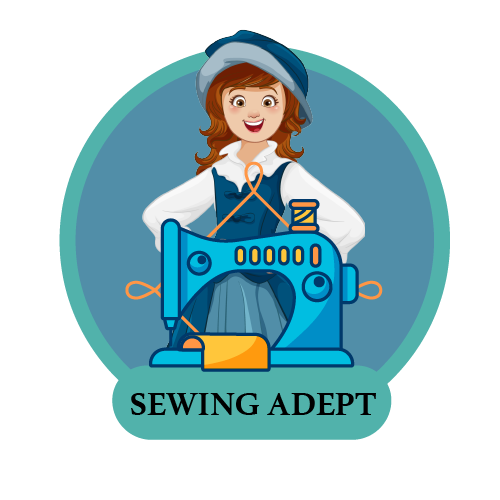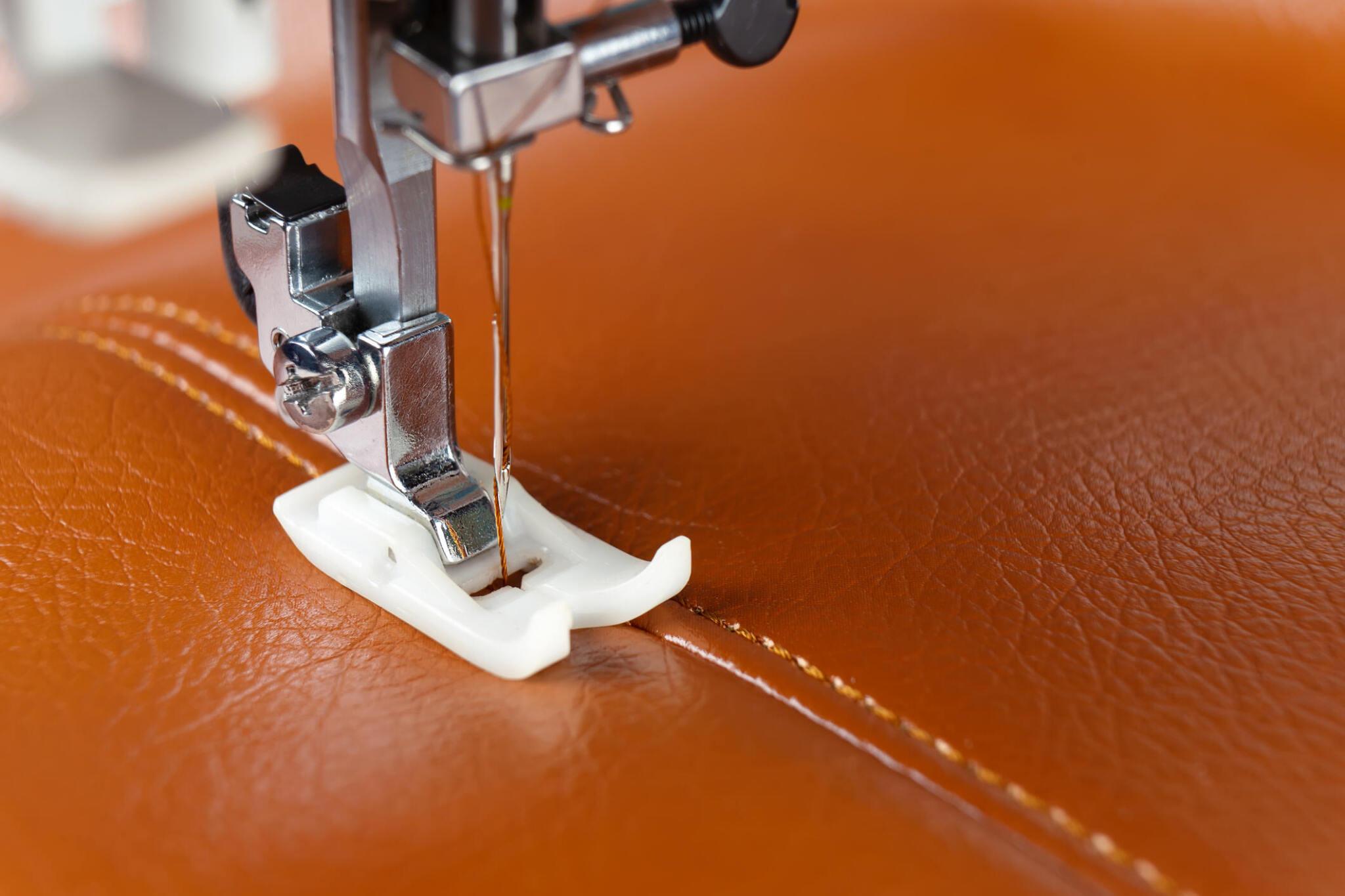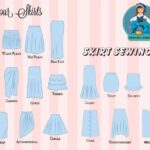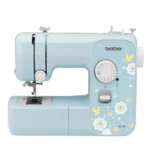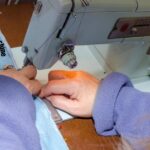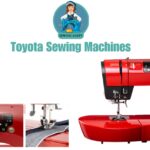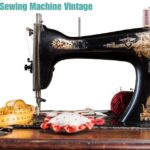In today’s fast-paced world, where technology often dominates our lives, there is an undeniable charm in the art of handmade craftsmanship. One such art form that has stood the test of time is machine sewing leather. With its rich history and time-honored techniques, machine sewing leather combines precision, skill, and creativity to create stunning and durable pieces.
The process of machine sewing leather is a delicate dance between man and machine, where the operator’s expertise and the machine’s precision come together to transform a simple piece of leather into a work of art. From the moment the needle pierces the leather’s surface, a symphony of stitches begins, each one meticulously placed to ensure strength and beauty.
What sets machine sewing leather apart is the versatility it offers. From fashion accessories like handbags, wallets, and belts to upholstery, footwear, and even automotive interiors, the possibilities are endless. Whether you’re a professional leatherworker or a passionate hobbyist, machine sewing leather allows you to express your creativity and bring your unique designs to life.
Beyond its aesthetic appeal, machine sewing leather offers unmatched durability. Leather, known for its strength and resilience, combined with the precision of machine stitching, ensures that the final product withstands the test of time. From enduring daily wear and tear to weathering the elements, machine-sewn leather pieces become cherished heirlooms, telling stories of generations past and promising a future of longevity.
Machine sewing leather is not just a craft; it’s a testament to the human spirit and our innate desire to create something beautiful and lasting. It requires patience, skill, and attention to detail, but the rewards are immeasurable. Each stitch speaks volumes about the dedication and passion poured into the creation, making machine sewing leather a truly unique and captivating art form.
Machine Sewing Leather: Step-by-Step Tutorial for Beginners
This guide will provide you with the knowledge and confidence to create unique and professional-looking items. For more information visit here.
Table of Contents
Section 1: Gathering Materials and Tools
In this section, we will discuss the essential materials and tools you’ll need for machine sewing leather. We will cover topics such as selecting the right leather, choosing the appropriate thread and needle, and gathering the necessary sewing machine accessories. By the end of this section, you’ll have a clear understanding of what you need to get started.
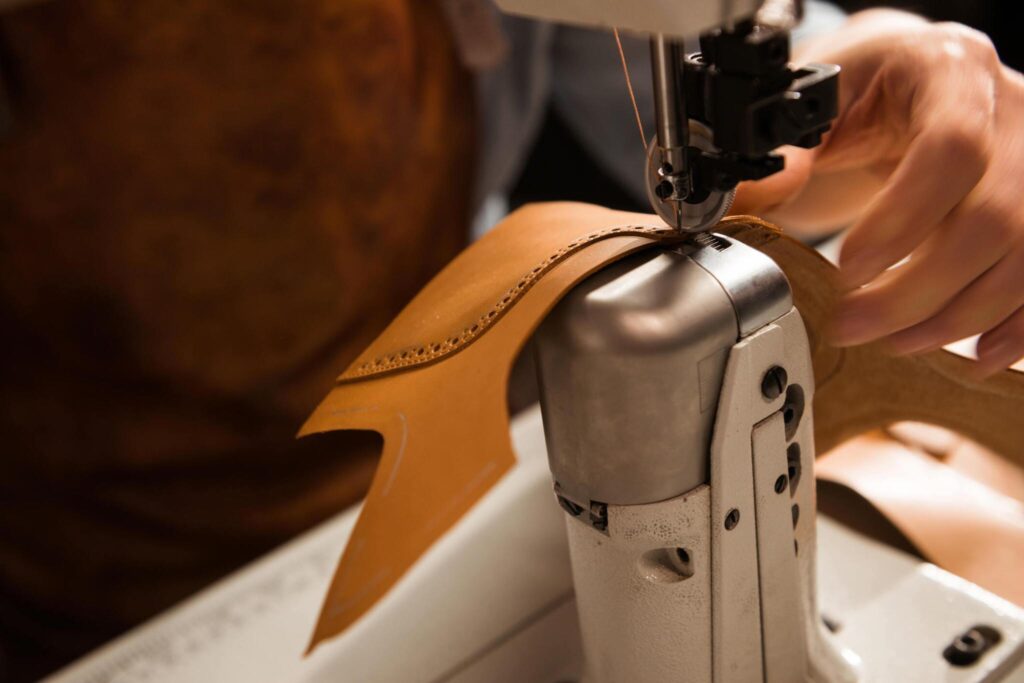
Section 2: Preparing the Leather
Before you begin sewing, it’s crucial to properly prepare the leather. This section will guide you through the steps of cutting and marking the leather, as well as preparing it for sewing. We’ll cover techniques such as trimming edges, making perforations, and applying any necessary treatments to the leather surface. Following these steps will ensure that your leather is ready for stitching.
Section 3: Setting Up the Sewing Machine
Setting up your sewing machine correctly is vital for successful leather sewing. In this section, we will walk you through the process of adjusting the tension, selecting the appropriate stitch length, and choosing the right presser foot. We’ll also discuss the importance of using a leather-specific needle and how to install it properly. By the end of this section, you’ll be ready to start sewing with confidence.
Section 4: Sewing Techniques
Now comes the exciting part—sewing the leather! This section will cover various sewing techniques that are commonly used in leather projects. We will explore techniques such as straight stitching, backstitching, and topstitching. Additionally, we’ll provide tips on handling leather, maintaining a consistent stitch length, and troubleshooting common sewing issues. By mastering these techniques, you’ll be able to create clean and durable stitches.
Section 5: Finishing Touches
The final section of this tutorial focuses on adding those finishing touches that make your leather projects stand out. We’ll cover techniques such as edge finishing, applying hardware and closures, and adding embellishments. You’ll learn how to create professional-looking edges, securely attach hardware, and personalize your creations with decorative elements. These finishing touches will elevate your leather projects to the next level.
Section 6: Troubleshooting and Tips
In this section, we’ll address common issues that may arise during the leather sewing process and provide helpful tips to overcome them. From thread breakage to skipped stitches, we’ll guide you through troubleshooting steps to ensure smooth and successful sewing. Additionally, we’ll share additional tips and tricks to enhance your leather sewing experience, such as using clips instead of pins and practicing on scrap leather before starting a project.
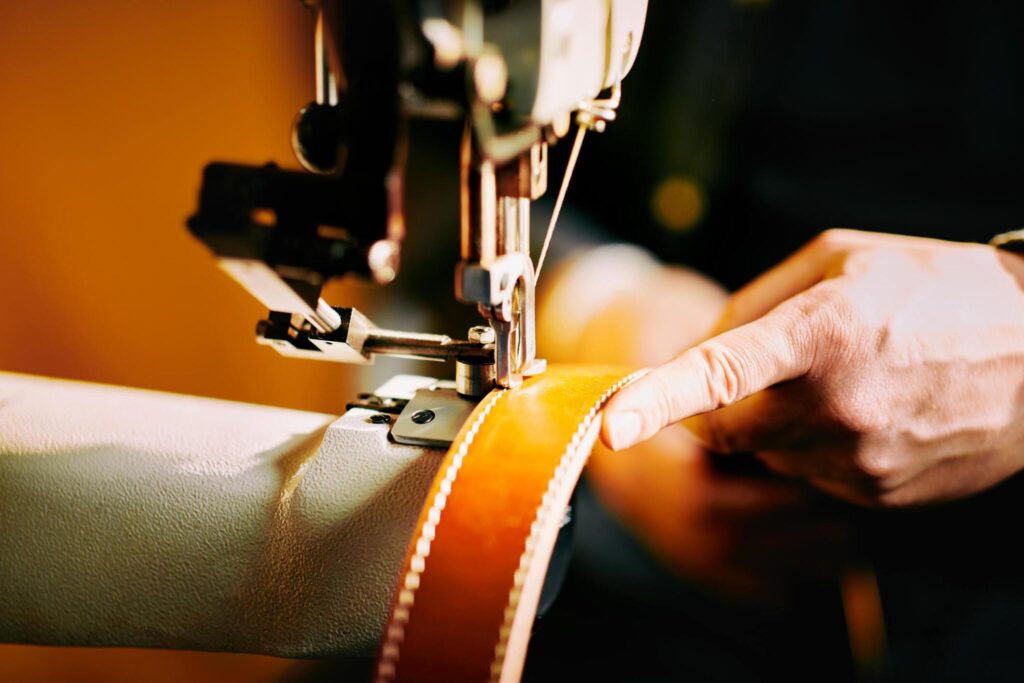
Section 7: Practice Project: Leather Cardholder
To put your newly acquired skills to the test, we’ve included a practice project in this tutorial: a leather cardholder. We’ll provide you with a step-by-step guide, complete with measurements and cutting instructions. By following along, you’ll gain hands-on experience in sewing leather and create a functional item that you can use or gift to someone. This project will help reinforce the techniques you’ve learned and boost your confidence as a beginner leather sewer.
Section 8: Exploring Advanced Techniques
Once you’ve mastered the basics of machine sewing leather, you may want to explore more advanced techniques to take your skills to the next level. In this section, we’ll introduce you to techniques such as leather appliqué, embossing, and creating complex patterns. We’ll provide an overview of these techniques and offer resources for further learning. This section will inspire you to push the boundaries of your creativity and expand your leather sewing repertoire.
Section 9: Taking Care of Your Leather Projects
In this section, we’ll discuss the importance of proper care and maintenance for your leather projects. Leather is a durable material, but it requires regular attention to keep it in optimal condition. We’ll cover topics such as cleaning, conditioning, and storing your leather items. Additionally, we’ll provide tips on how to protect your leather from moisture and sunlight, ensuring that your creations stand the test of time.
Section 10: Exploring Further Leather Sewing Projects
Now that you have a solid foundation in machine sewing leather, it’s time to explore a world of possibilities. In this section, we’ll introduce you to a variety of leather sewing projects beyond the cardholder. From wallets and keychains to bags and belts, we’ll provide project ideas and inspiration to fuel your creativity. We’ll also recommend resources, including books and online tutorials, where you can find more patterns and instructions for these projects.
Section 11: Connecting with the Leather Sewing Community
Being part of a community can be a valuable source of support and inspiration. In this section, we’ll guide you on how to connect with the leather sewing community. We’ll explore online forums, social media groups, and local workshops where you can interact with fellow enthusiasts, share your work, and learn from experienced leather sewers. Engaging with the community will expand your knowledge, provide valuable feedback, and foster a sense of camaraderie.
Conclusion:
Congratulations! You’ve completed the comprehensive tutorial on machine sewing leather for beginners. Armed with the knowledge and skills gained throughout this guide, you’re ready to embark on a fulfilling leather sewing journey. Remember to continue practicing, exploring new techniques, and sharing your creations with the leather sewing community. With each project, you’ll refine your skills and create unique, handcrafted leather items that showcase your passion and creativity. So, gather your tools, pick a project, and let your imagination soar as you dive into the world of machine sewing leather!
